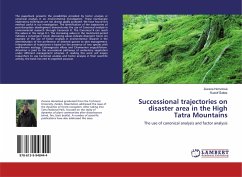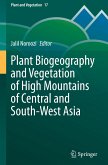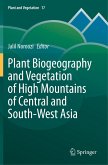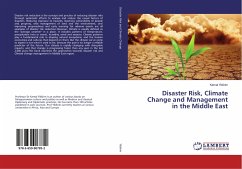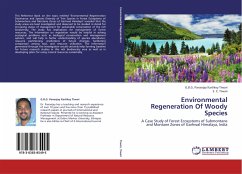The paperback presents the possibilities provided by factor analysis or canonical analysis in an environmental investigation. These multivariate exploratory techniques are not always gladly accepted. We have found this method useful in our investigation. The identification of the trajectories of post-disruption development demonstrates the use of Canonical analysis in environmental research through Canonical R. The Canonical R can reach the values in the range 0-1. The increasing values in the monitored period indicate a convergent trend, decreasing values indicate divergent trend. An example of the use of Factor Analysis in environmental research is the determination of the preference of selected species to sites management. Interpretation of trajectories is based on the presence of two species with well-known ecology, Calamagrostis villosa and Chamaerion angustifolium. Attention is paid to the successional pathways of understory vegetation under different management schemes. Ifreading this work will inspire researchers to use Canonical analysis and Factor analysis in their scientific activity, the book has met its expected purpose.

